Tag: Larp Report
-
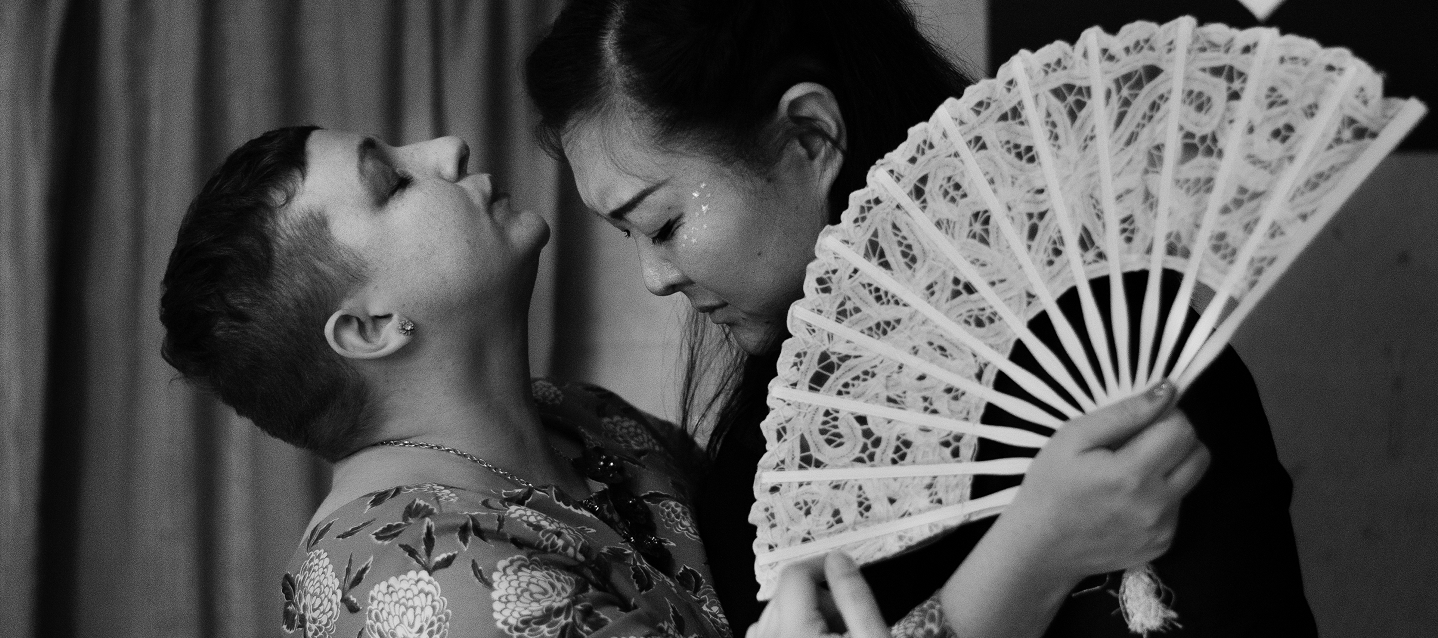
Dance Macabre Blueprint
Detailed explanation of the design and organization of the Dance Macabre larp, in which pairs of dancers attempt to overcome problems and fears around the subject of love.
-

Photo Report: Blodsband Reloaded 2016
Blodsband Reloaded is a Swedish larp campaign inspired by over the top post apocalyptic fiction like Fallout and Mad Max. Enjoy some beautiful photos from the larp.
-
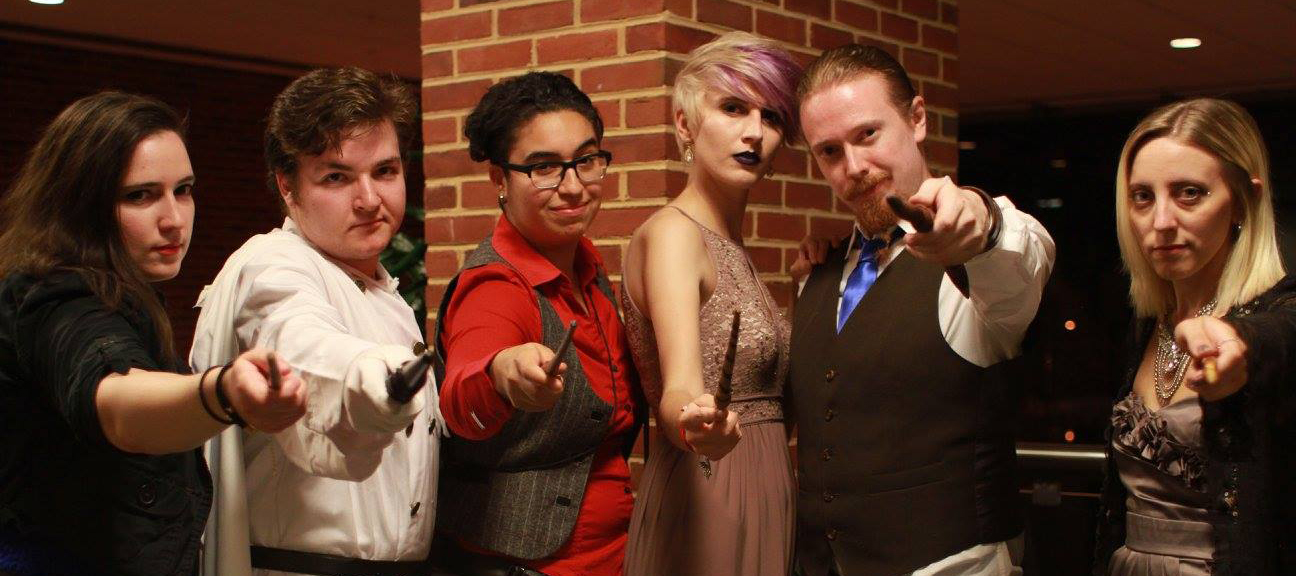
Chasing Bleed – An American Fantasy Larper at Wizard School
This article describes how I felt about my experience as someone who comes from an American campaign boffer fantasy larp background taking part in a Nordic style larp.
-
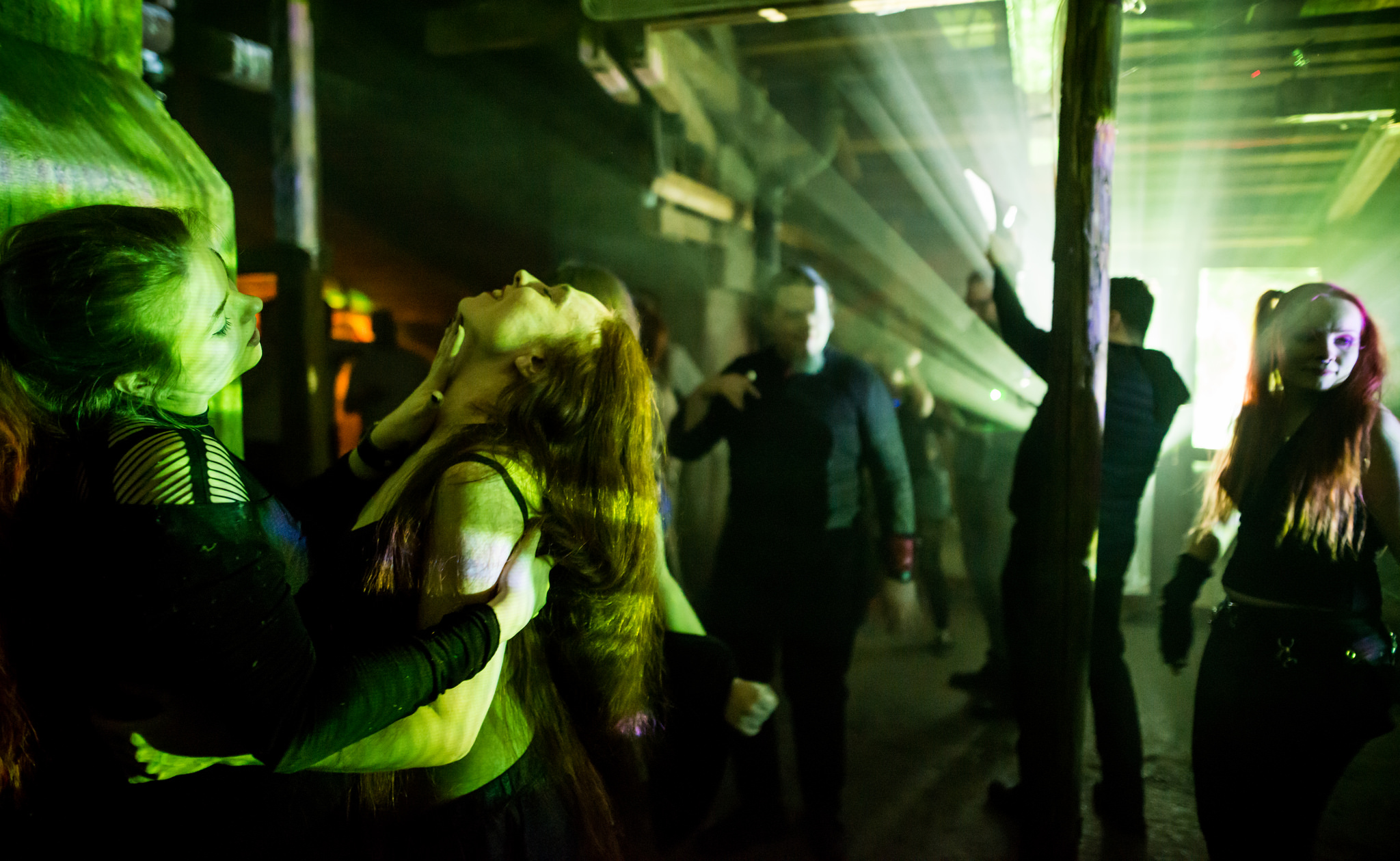
End of the Line: White Wolf’s First Official Nordic-Style Larp
End of the Line is the first official Nordic larp under the One World of Darkness produced by White Wolf and Odyssé since the IP was acquired by Paradox Entertainment.
-

Fairweather Manor: Perspectives from a United States Player
I thought I’d write up a game summary about my experience playing Fairweather Manor, as there seems to be some interest. My background is as an American larper with some-to-moderate larp experience in the American scene, whose first international larp was College of Wizardry earlier this year. Fairweather Manor was set in early 1914, and
-
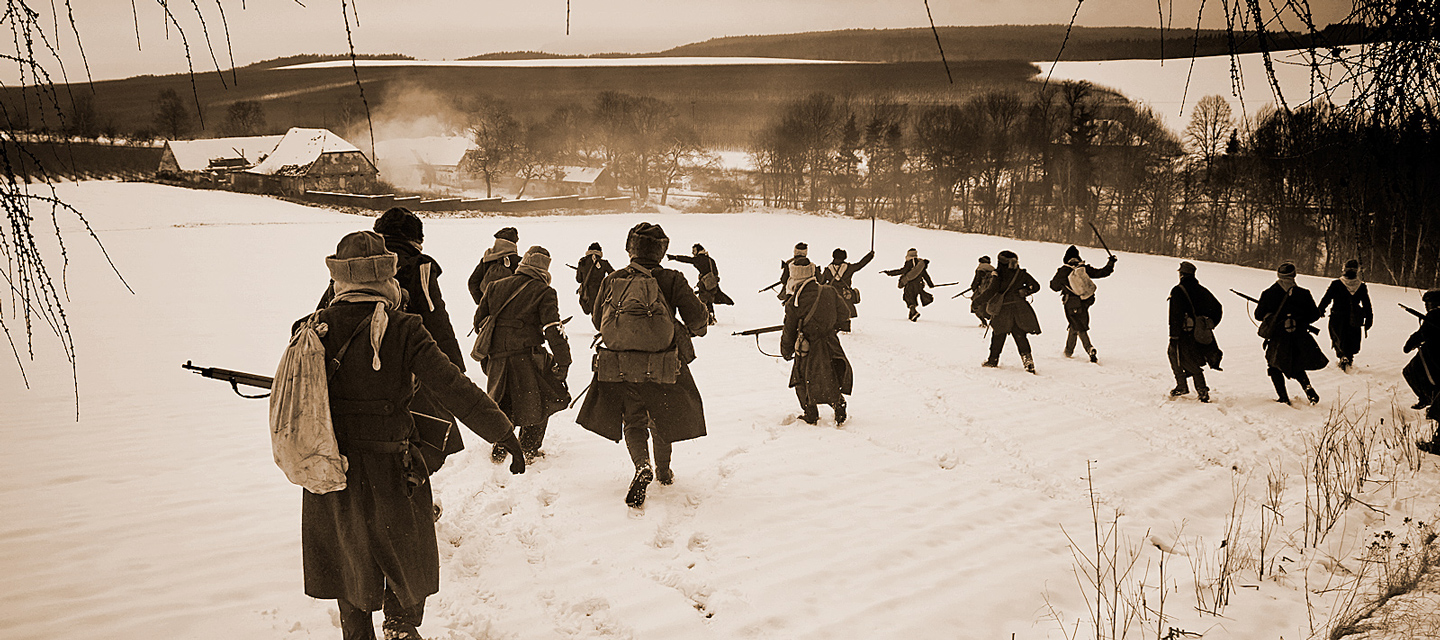
Legion – Trans-Siberian Railroading
Legion, or Legie as it is called in its original language, is a Czech larp that had already had six runs by the time the international run was played, and is a game for 54 pre-written characters, both soldiers and civilians. The story is based on (very well researched) historical accounts of the Czech Legion…
-
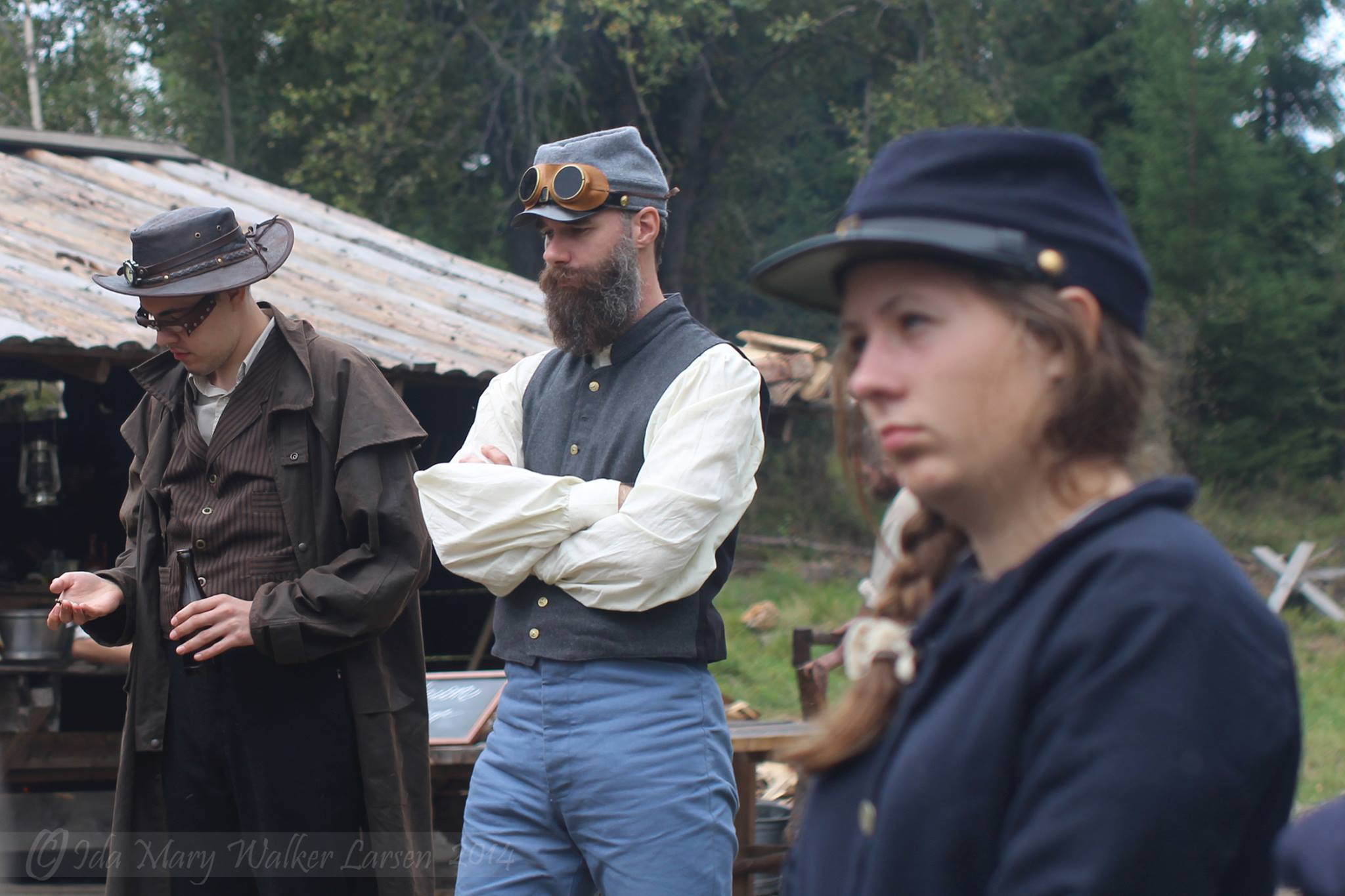
Larp Report: Clockbottom
in
A journey through horror, steampunk and mystery Clockbottom was a larp set in America during the Civil War, with a steampunk twist and elements of horror. About 120 participants from seven different countries gathered during one weekend of September to act out the mysteries in the mining town of Clockbottom. Myself, I played the village’s
-

Video Report from The Game, a Polish Larp Inspired by The Hunger Games
A very interesting video report from a Polish larp inspired by The Hunger Games. It’s in polish but with full English subtitles.